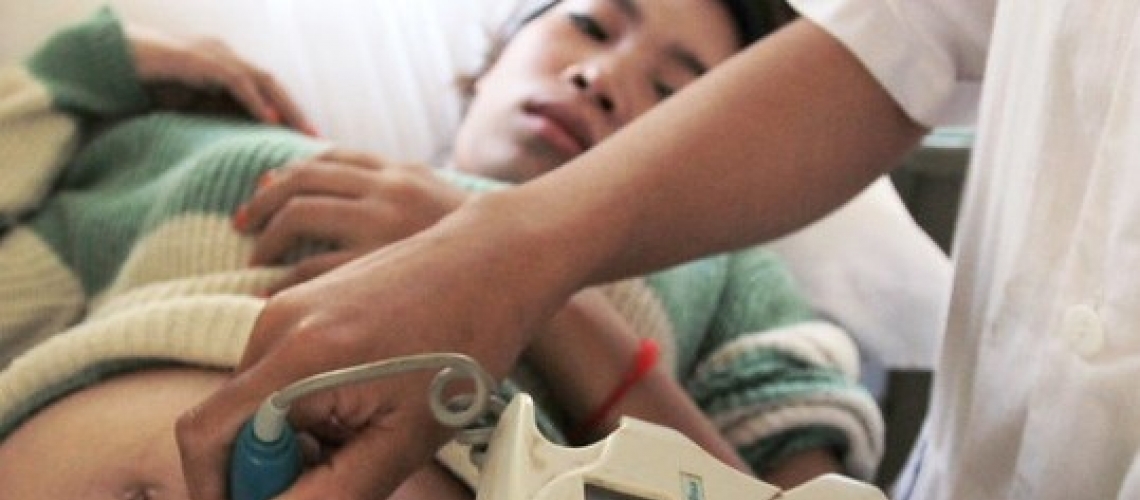Disrupted health services during COVID-19
Health systems around the world—regardless of income level—are struggling to curb the rapid spread of COVID-19 (coronavirus). —from ensuring women can safely deliver babies, access family planning services, and immunize their children; to maintaining lifesaving treatments for malaria, HIV, tuberculosis, non-communicable diseases, and childhood pneumonia.
This vulnerability is neither new nor unique to the current pandemic. During the 2014-2016 West African Ebola outbreak, use of routine health services decreased by an estimated 18%. Researchers estimate that service disruptions resulted in as many as 10,000 additional deaths due to malaria, HIV/AIDS, and tuberculosis as well as measles and other health conditions that would have otherwise been preventable.
COVID-19’s secondary health crisis
A recent analysis by The Lancet examined the effects of service disruptions on mortality because of the COVID-19 pandemic. The results, although expected, are overwhelming.
The study modeled three scenarios in which coverage of basic life-saving interventions was reduced to different extents (from 10% to 50%) and for different durations (3, 6, and 12 months), with assumptions based on emerging reports of the supply-side and demand-side effects of the pandemic.
Reductions in coverage of around 15% for 6 months would result in 253,500 additional child deaths and 12,190 additional maternal deaths, while reductions of around 45% for 6 months would result in 1,157,000 additional child deaths and 56,700 additional maternal deaths. This would represent a 9.8% to 44.7% increase in under-five child deaths per month, and an 8.3% to 38.6% increase in maternal deaths per month, across 118 countries.
A rapid assessment of 25 essential services carried out by the WHO in May 2020 uncovered serious disruptions to essential health services across the world. “Routine immunization and supplementary measles and rubella campaigns were significantly disrupted. Services for non-communicable diseases such as diabetes, high blood pressure, heart diseases, and cancer, have been significantly affected.”
New data from Somalia, Mali, and Liberia shows up to a 40 per cent reduction in essential health services such as childhood immunization, antenatal care and safe childbirth.The Global Financing Facility (GFF) also estimates that as many as 26 million women could lose access to contraception across 36 countries, leading to nearly 8 million unintended pregnancies.
Mental health—a challenge to address in regular times—has been most affected.
Repurposing of health workers, cancellation of elective care, closure of outpatient services, insufficient personal protective equipment, and changes in treatment policy have significantly impacted delivery of essential services. Additionally, changes in health-seeking behavior, constrained physical access, and financial hardship have limited service uptake.
How do we address this?
The World Bank is fully cognizant of the need to fight the pandemic while also helping countries maintain other essential services. This was evident in the majority of our first 100 projects launched during the first 100 days of the pandemic. Our ongoing programs are reinforcing healthcare systems while also helping to procure vital life-saving medical equipment and supplies.
In parallel, the GFF is helping ensure that safe and equitable delivery of essential health and nutrition services for women and children is a central part of COVID-19 response and recovery efforts. Through flexible financing and technical assistance,
Policy makers at the country level may benefit from some of the following policy options:
1. Governmental COVID-19 taskforces should designate an “Essential Health Services” pillar that is tasked with ensuring response strategies (particularly social distancing) are adhered to. It should also take steps to protect the delivery of routine health services including vaccinations, antenatal care, skilled births, and critical medications.
2. COVID-19 taskforces should design public messaging on the importance of continuity of essential health services and include this in their progress updates.
3. International development agencies should continue to provide programmatic and operational advice to countries in the form of context-specific guidelines and policy briefs at the national or subnational level.
We need to pay special attention to weakened health systems with reduced availability and utilization of routine services during the pandemic.
Sidebar
Magazine menu

 ACCI
The voice of private sector
ACCI
The voice of private sector
THE VOICE OF PRIVATE SECTOR
14
Sun, Dec
1
New Articles
